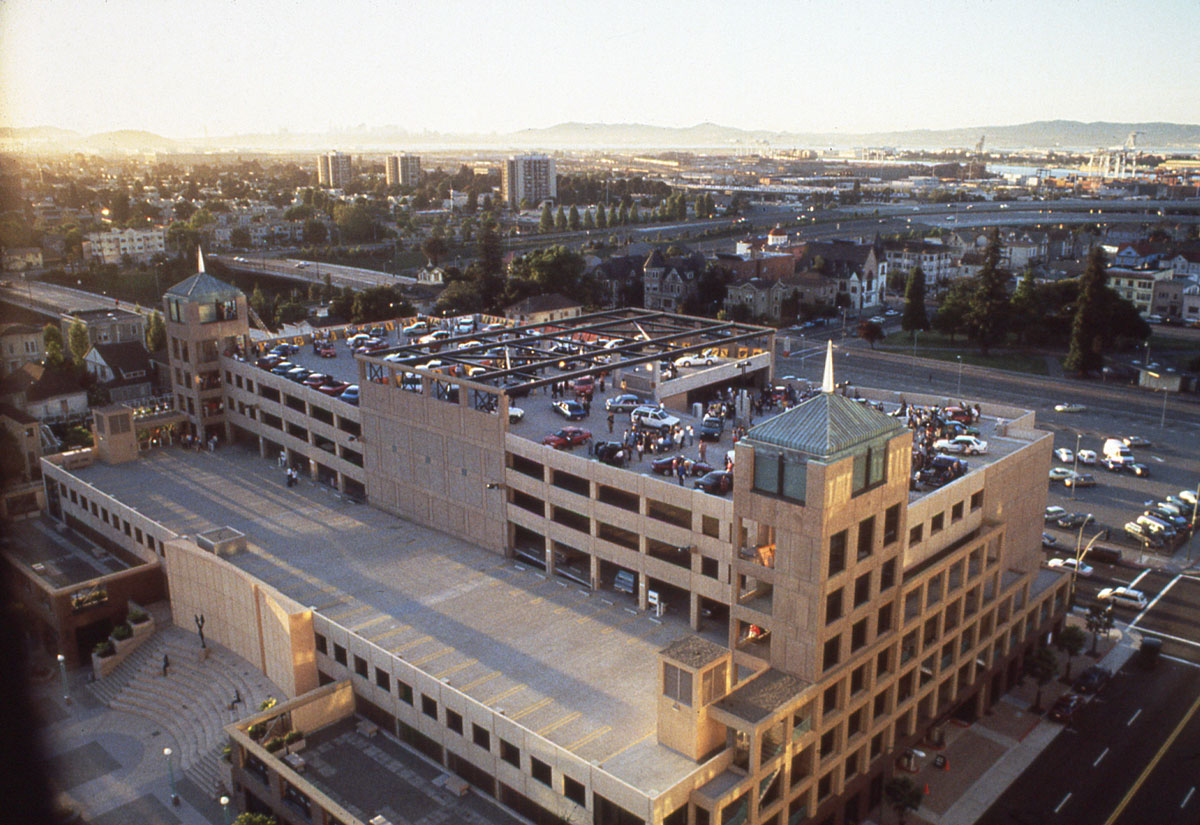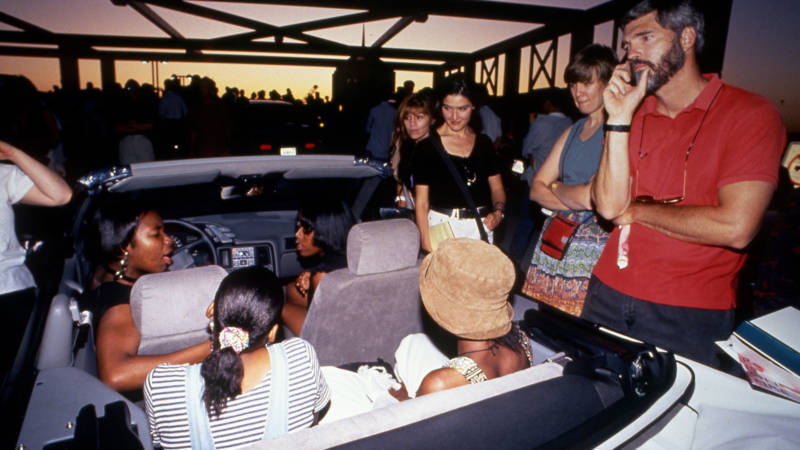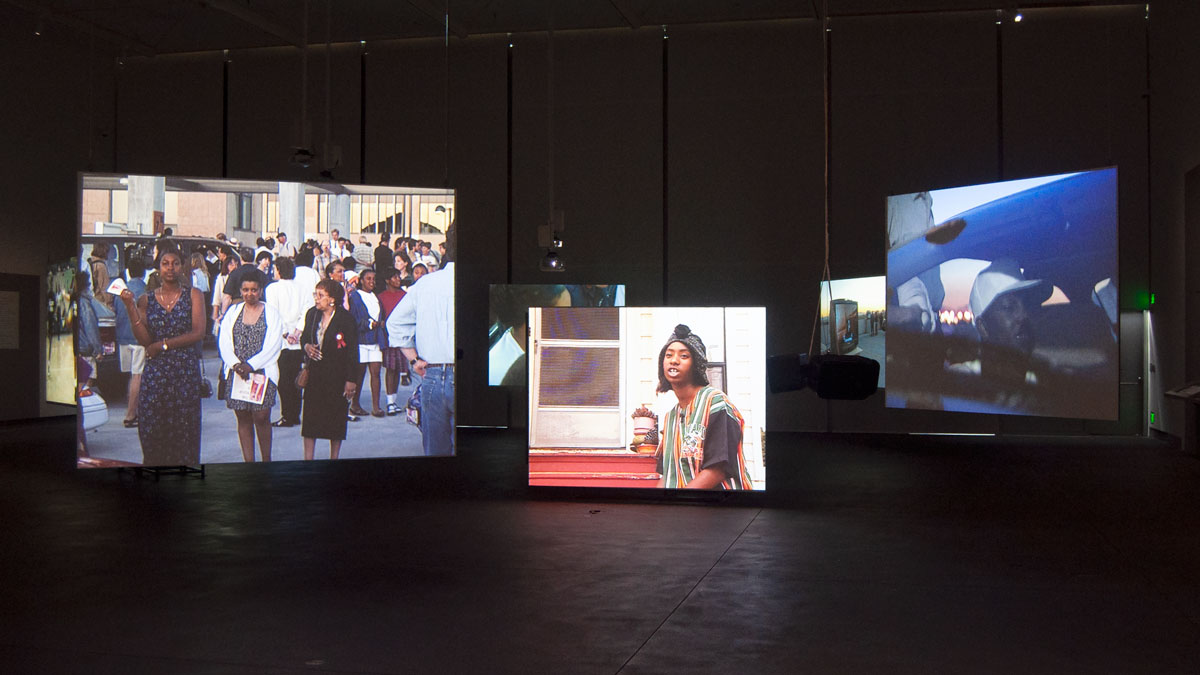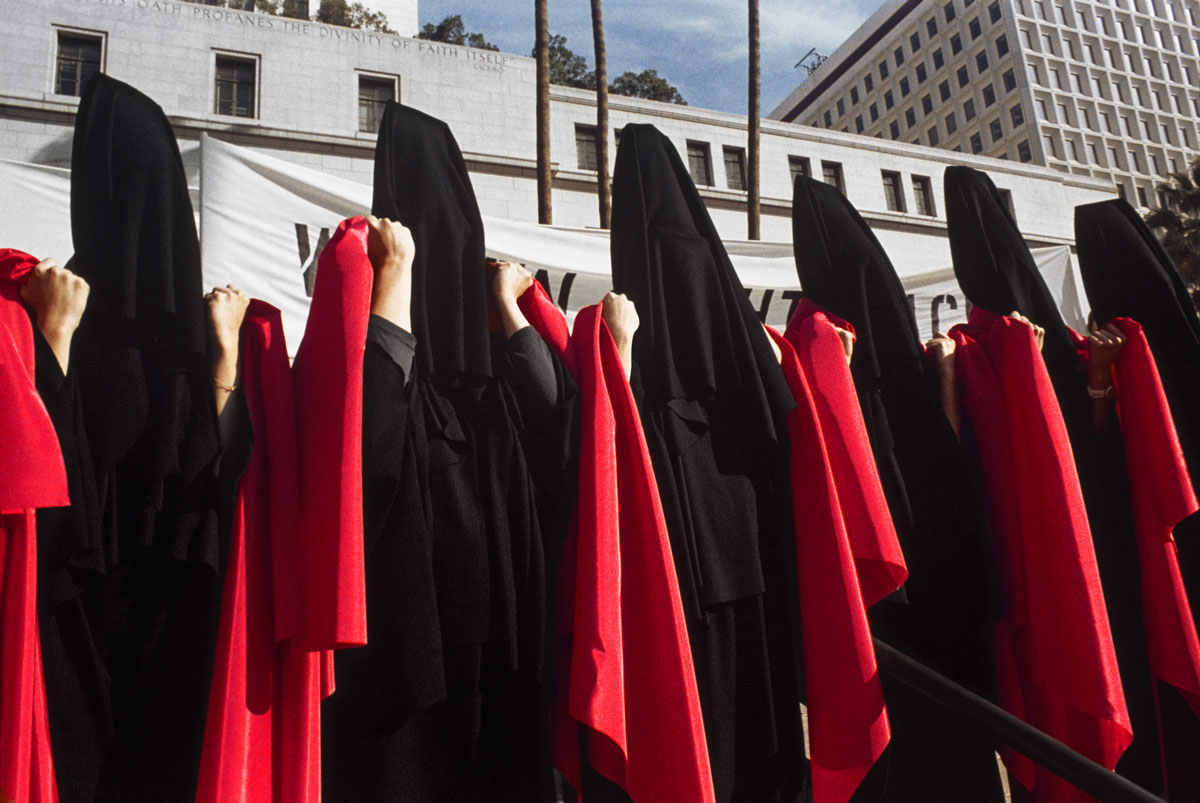Measured in walking distance, the space between Yerba Buena Center for the Arts and the San Francisco Museum of Modern Art is physically small (about two minutes if you hit the lights right). But there are other distinct forms of measurement to consider: square footage, operating budget, public goodwill, relationships to local artists, clarity of mission, the presence of a permanent collection, staff numbers, ticket sales and attendance counts.
Measured by any of those terms, the space between YBCA and SFMOMA is vast—they operate under different operating principles, toward different goals and, to a certain extent, for different audiences. So to walk between the institutions to experience Los Angeles-based artist Suzanne Lacy’s retrospective We Are Here, with one part mounted at SFMOMA and one part at YBCA, is a study in curatorial approaches.
These contrasts—at times jarring—are ultimately useful to understanding the work on view: four decades’ worth of intensely collaborative work that bridges art and activism. (Most often, Lacy’s art takes the form of large-scale events that stage candid conversations between ordinary people.) And just as Lacy’s practice is inextricable from either camp, so can there be no one “correct” presentation of her work, which is by its very nature unwieldy, expansive and constantly under review by the artist herself.

If this sounds like a difficult curatorial task, I’m fairly certain it was. In keeping with recent trends, two of the three curators of We Are Here now work elsewhere. They are: Rudolf Frieling, SFMOMA’s curator of media arts; Lucía Sanromán (formerly of YBCA, now director of Laboratorio Arte Alameda in Mexico City); and Dominic Willsdon (formerly of SFMOMA and now director of the Institute for Contemporary Art at Virginia Commonwealth University).
If the Bay Area’s general public is at all familiar with Lacy’s output, which has existed mostly outside of formal exhibition contexts, it’s because of her Oakland Projects (1991–2001). This decade-long series of performances was organized with a crew of collaborators while Lacy was dean of the school of fine arts at California College of Arts and Crafts (now California College of the Arts).





